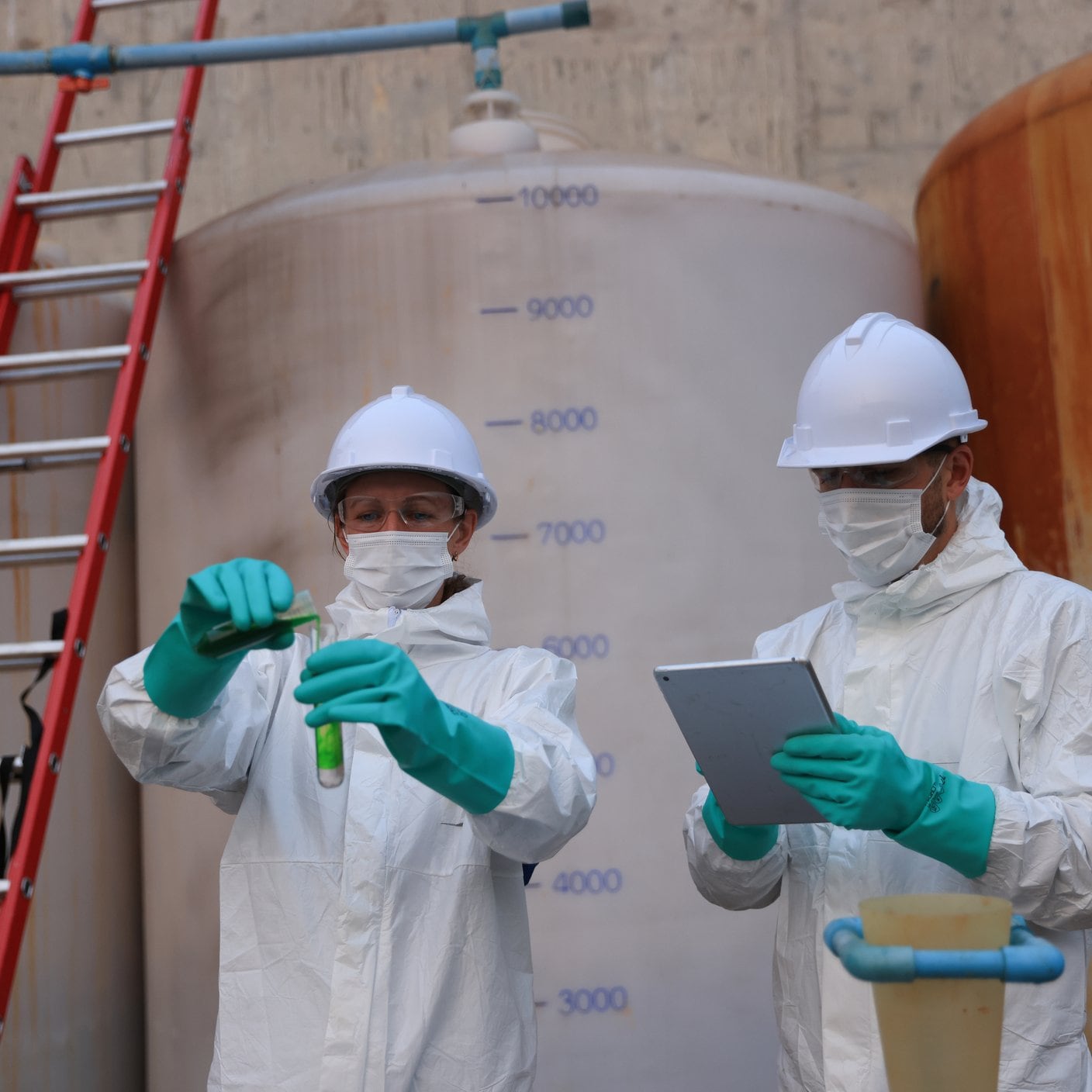US manufacturers are caught in the middle of a continually shifting regulatory environment driven by swings in federal policy. Over the past few years, we’ve seen a sharp contrast between administrations: the previous administration’s push for aggressive environmental, health, and safety (EHS) regulations followed by the current administration’s efforts to scale them back. This back-and-forth has created a regulatory “whiplash” that’s left many in the industry scrambling.
During the previous administration, US manufacturers were hit with a wave of new and proposed EHS regulations, including:
Aggressive rulemaking: Nearly 100 new or proposed regulations emerged, covering everything from emissions and hazardous materials to workplace safety and supply chain transparency.
Climate and chemical policies: Policies targeting climate change, per- and polyfluoroalkyl substances (PFAS), and environmental protections created a complex web of state and federal compliance requirements.
Expanded Occupational Safety and Health Administration (OSHA) enforcement: OSHA pursued new emergency standards, particularly in response to the COVID-19 pandemic, and ramped up injury and illness reporting rules.
The rapid rollout of overlapping EHS mandates led to regulatory fatigue. Keeping up meant major investments in compliance systems, legal support, and infrastructure, often with little time to adapt. The pace and unpredictability made long-term business planning and investment decisions extremely challenging and slowed growth.
The return of the current administration has brought a sharp pivot. Rather than layering on new rules, the focus has been on deregulation. Notable actions include:
Cutting regulations: Executive orders have directed agencies to eliminate as many as 10 existing regulations for every new one introduced, an expansion of previous “2-for-1” deregulation policies.
Regulatory budgeting: New cost-offset rules have forced agencies to drop expensive or controversial regulatory proposals.
Delays and rollbacks: Pending or active rulemaking on major workplace and environmental health initiatives has been paused or rescinded.
While the regulatory fatigue has eased, the uncertainty hasn’t. Manufacturers are now left wondering which rules will stick, which will be delayed, and which might disappear altogether. That unpredictability makes it difficult to plan, invest, or manage risk effectively.
Manufacturers operating across multiple states face additional challenges as state-level EHS rules diverge in response to federal rollbacks. This patchwork of regulations is forcing manufacturers to adopt localized compliance strategies and stay on constant alert.
What’s next?
The regulatory rollercoaster isn’t slowing down. As a result, manufacturers will need to stay agile, informed, and ready to adapt regardless of who is in the White House.
Find out how BSI Consulting can help you with air program management and compliance.
Visit BSI’s Experts Corner for more insights from our industry experts. Subscribe to our Experts Corner-2-Go LinkedIn newsletters for a roundup of the latest thought leadership content: Digital trust, EHS, and supply chain.








